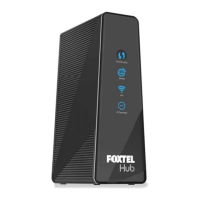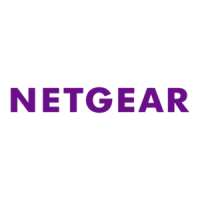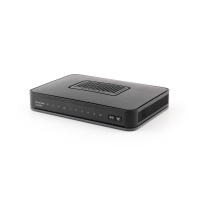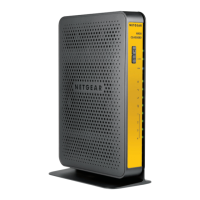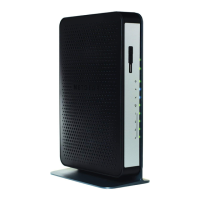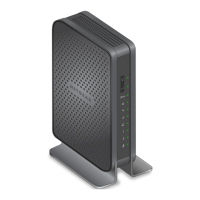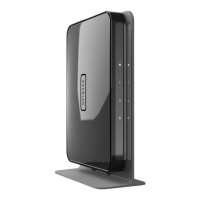Control Access to the Internet
36
VDSL Voice Gateway
7. Leave the Port Forwarding radio button selected as the service type.
8. Click the Add Custom Service button.
9. In the Service Name field, enter a descriptive name.
10. In the Service T
ype field, select the protocol. If you are unsure, select TCP/UDP.
11. In the External Starting Port field, enter the beginning port number
.
If the application uses a single port, enter the same port number in the Ending Port field.
If the application uses a range of ports, enter the ending port number of the range in the
External Ending Port field.
12. Use one of the following methods to specify the internal port numbers:
• Leave the Use the same port range for internal port check box selected.
• T
ype the port numbers in the Internal Starting Port and Internal Ending Port fields.
13. T
ype the IP address in the Internal IP address field or select the radio button for an
attached device listed in the table.
14. Click the Apply button.
The service is now in the list on the Port Forwarding/Port Triggering screen.
Application Example: Make a Local Web Server Public
If you host a web server on your local network, you can use port forwarding to allow web
requests from anyone on the Internet to reach your web server.
To make a local web server public:
1. Assign your web server either a fixed IP address or a dynamic IP address using DHCP
address reservation.
In this example, your gateway always gives your web server an IP address of 10.0.0.33.
2. In the Port Forwarding/Port
Triggering screen, configure the gateway to forward the HTTP
service to the local address of your web server at 10.0.0.33.
HTTP (port 80) is the standard protocol for web servers.

